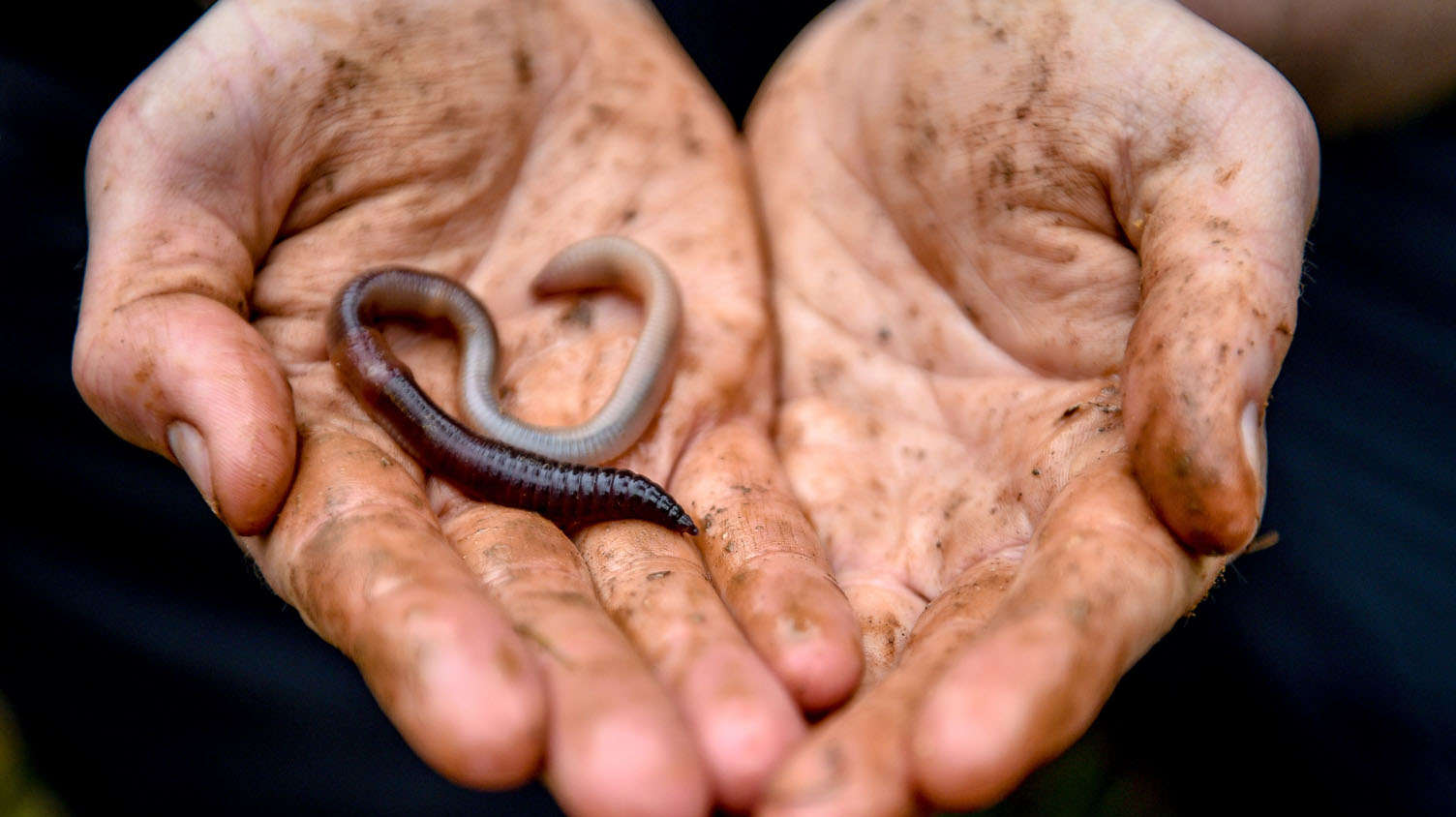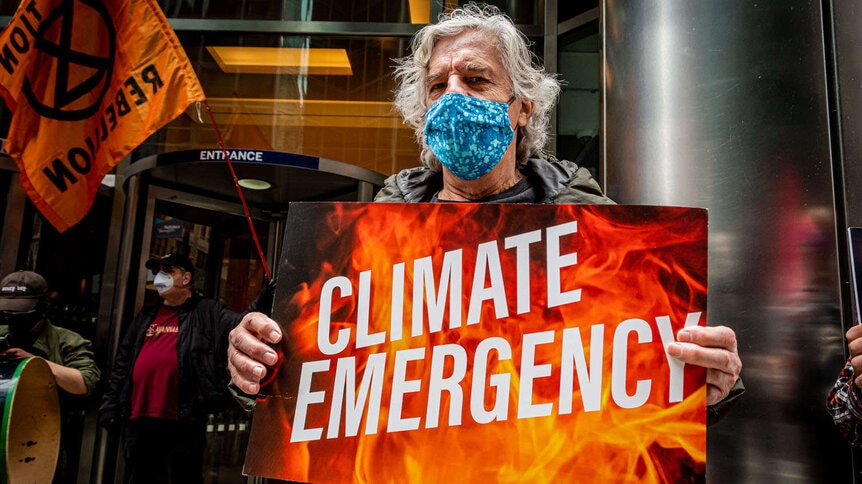Create a free profile to get unlimited access to exclusive videos, sweepstakes, and more!
How invertebrates that perished in the worst mass extinctions ever are warning us about global warming

Worms and other creepy crawlies that tunnel in the soil might not be the first things that come to mind when you think of a mass extinction (that honor goes to dinosaurs), but it could devastate the planet if they were to be wiped out.
The worst mass extinction event Earth has ever seen happened 252 million years ago — millions of years before dinosaurs took over. What is also known as the “Great Dying” is actually the Permian-Triassic mass extinction. Infamous for annihilating nearly all marine life, this extinction threatened just about every ecosystem, but the fate of terrestrial invertebrates was not nearly as well known until now. Paleogeoloist Luis Buatois of the University of Saskatchewan is finally bringing what happened underground to the surface.
“The fatal blow came from volcanic gases that reacted with atmospheric water vapor forming sulfuric acid and carbonic acid, which precipitated as acid rain,” Buatois, who led a study recently published in Terra Nova, told SYFY WIRE. “The direct consequence on land was an increased acidification of forest soils, which proved detrimental for underground invertebrates.”
By the way, the Permian-Triassic mass extinction was set off by global warming at a level that we could approach in the next several hundred years. Just a heads up.
Before the mother of all mass extinctions, the mid-Permian mass extinction proved to be almost as lethal for invertebrates on land. Both phenomena were the result of massive volcanic eruptions that caused carbon dioxide levels and temperatures on Earth to spike. It is the end-Cretaceous mass extinction, brought on by a monstrous asteroid, that gets the most attention for demolishing the dinosaurs. Volcanism triggered by the crash was behind the unbearable heat that killed off many organisms and the nuclear winter that ended almost everything else.
Invertebrates that lived below ground during these extinctions were anything but protected. They might have not been exposed to outflows of bubbling magma and clouds of airborne smoke and ash, but one thing that could penetrate the soil with lethal consequences was acid rain. The burrowing of terrestrial invertebrates like some types of worms and midges usually prevents soil acidification because they get rid of acid metabolites. Unfortunately, these creatures do not adapt well when levels of soil acidity rise. Vertebrates that could dig their way to safety had a much better chance of survival. But how did invertebrate populations recover?
“It is very likely that there existed refuge zones that allowed for long-term survival of many groups of organisms that were later able to expand as soon as conditions improved,” Buatois said. “This is an idea that has been put forward for not only for continental environments, but marine ones as well.”
Recovering from an extinction of such magnitude can take literal eons. Three million years after the Permian-Triassic event, life was finally flourishing again, though vastly different species had evolved. Extinctions put Earth on rewind. It was as if you pressed Play again and saw an almost entirely different video about the same planet. Whatever can reproduce as fast as possible tends to thrive the most in the early stages of recovery. These are known as opportunistic organisms, which can rapidly fill empty spaces because the only competition they have is the ravaged world they have to face.
Opportunistic organisms only reign temporarily. They soon find themselves competing with, and often beaten by, species that are more highly evolved.
If a mass extinction strikes again, it could be even worse than the Great Dying. We are already plagued with pollution that can cause acid rain. When that rain seeps into the soil, it can kill off invertebrates that otherwise keep acid levels down, and without those invertebrates, the soil will acidify more and more in a toxic feedback loop. The absence of burrowing invertebrate species could mean intolerable levels of acid for plants that provide food for animals which in turn are food for other animals. You can kind of see where this is going.
Knowing how natural disasters almost ended terrestrial invertebrates makes the effects of harmful anthropogenic activity hard to fathom, even for Buatois.
“Even the Permian-Triassic extinction rate pales in comparison with the rates involved in present global warming,” he said. “This is a very scary thought because damaging conditions may self-propagate, resulting in devastating consequences. The fact that the end-Permian mass extinction shows us the devastating effects of rising temperature is a valuable lesson.”















